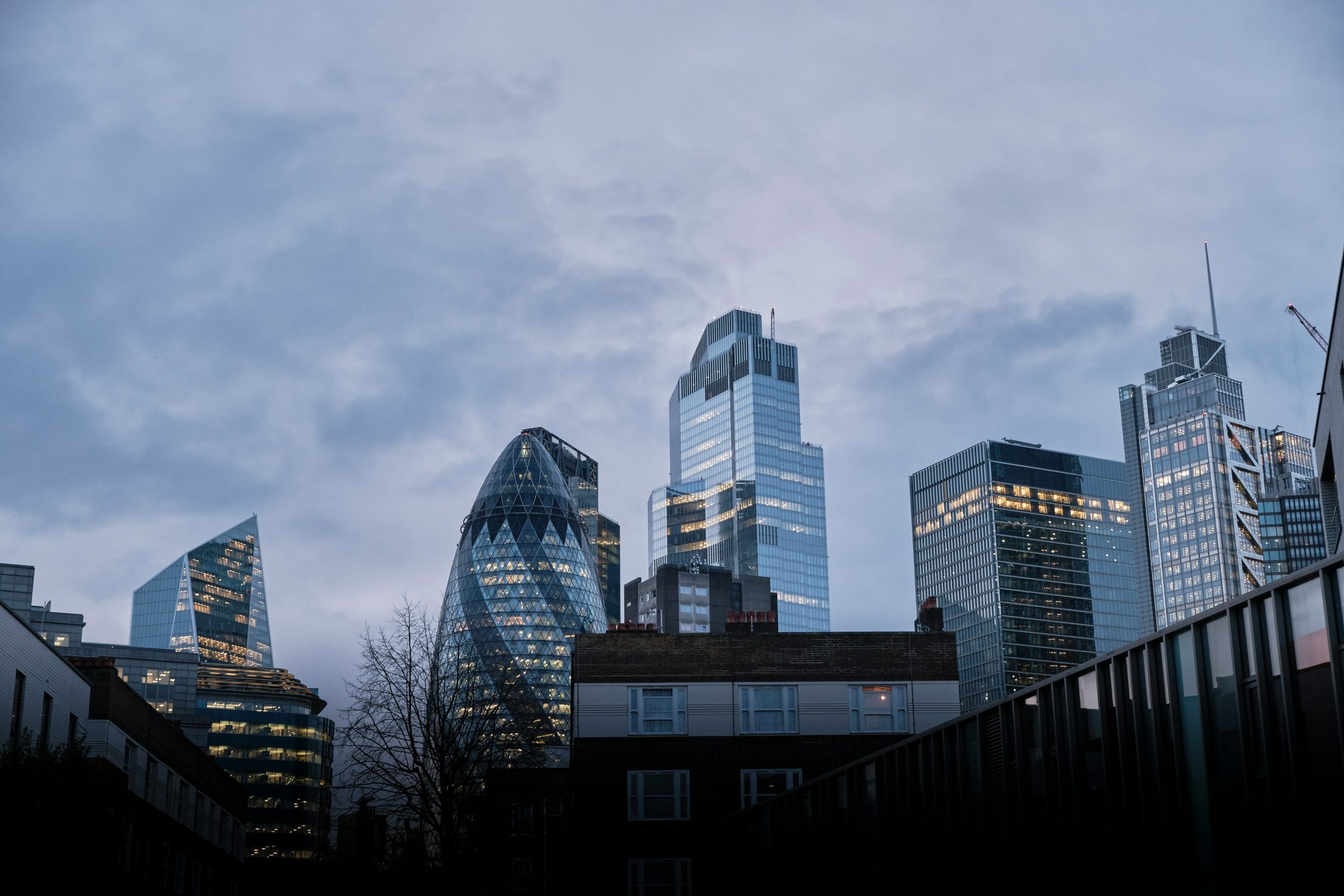The impact of the COVID-19 pandemic on commercial real estate (CRE) has been significant and multifaceted, affecting various sectors differently. Recovery prospects are influenced by a range of factors including geographical location, property type, and the broader economic recovery. Here’s a breakdown of how these factors might influence the recovery of commercial real estate:
Remote Work and Office Spaces
The shift towards remote work has led to a reevaluation of the need for office space. While some companies are reducing their physical footprint, others are redesigning their spaces to accommodate hybrid work models. The future of office spaces may focus more on flexibility, collaboration, and amenities to attract employees back to the office.
Retail Sector
The retail sector, particularly in urban centers, has been hard hit due to lockdowns and a surge in online shopping. However, there’s a potential for recovery as consumer spending rebounds and retail spaces adapt to new consumer behaviors by offering more experiential and mixed-use spaces.
Industrial and Logistics Real Estate
This sector has seen growth, driven by the e-commerce boom and the need for more warehousing and distribution centers. The demand in this sector is likely to remain strong, given the continued growth in online shopping and the global supply chain’s evolution.
Residential and Multi-family Properties
The demand in this sector has been relatively resilient, especially in suburban and rural areas. The trend of people moving away from crowded cities for more space and better affordability during the pandemic may continue to influence this sector.
Hospitality and Leisure
This sector was one of the hardest hit by the pandemic. Recovery is dependent on the return of travel and tourism, which may be gradual and could vary significantly by region and the type of travel (business vs. leisure).
Innovation and Repurposing
There’s potential for recovery through the repurposing of real estate assets. For example, converting underused office buildings into residential units or mixed-use properties could rejuvenate certain markets.
Government Policies and Stimulus Measures
Government interventions, stimulus packages, and infrastructure spending can also play a significant role in the recovery of the CRE market.
Interest Rates and Investment Trends
Low-interest rates have historically supported investment in real estate. However, any significant changes in monetary policy could influence investment trends in the sector.





